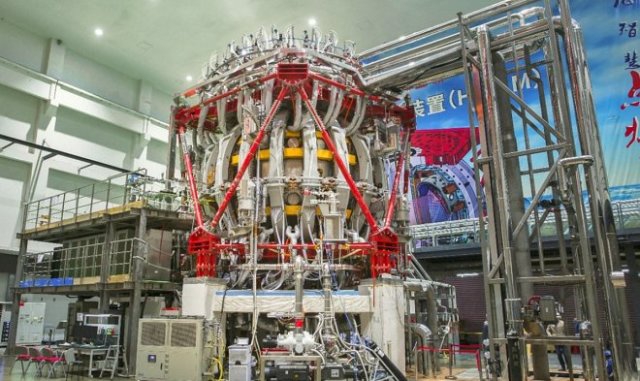
Tokamak HL-2M
China has successfully launched its own "artificial sun" -the HL-2M thermonuclear reactor. This is a great achievement for the state and for the entire nuclear energy sector of the country.
Tokamak HL-2M is China's largest and most advanced fusion reactor, with high hopes for the future of clean energy. It uses a powerful magnetic field to produce and hold hot plasma and is capable of reaching temperatures in excess of 150 million degrees Celsius – 10 times the temperature of the solar core. HL-2M is located in the southwestern province of Sichuan, its construction was completed at the end of last year. The nickname "artificial sun" he received for the temperature and power that can develop. Chinese scientists plan to use tokamak in partnership with their colleagues who are working on the project of The international experimental thermonuclear reactor ITER – the world's largest reactor of this type, located in France. Its construction is expected to be completed in 2025. Thermonuclear fusion is considered the most promising direction of energy development. During fusion, the nuclei of atoms combine, releasing an incredible amount of energy. This process is the opposite of nuclear decay, which is used in nuclear weapons and in the operation of modern nuclear power plants . Thermonuclear fusion does not emit greenhouse gases and is much less at risk of catastrophic incidents. However, the implementation of synthesis in practice is extremely complex and very expensive – for example, the total cost of ITER is estimated at $ 22.5 billion. Therefore, any progress in this area is of great importance for all of humanity.
